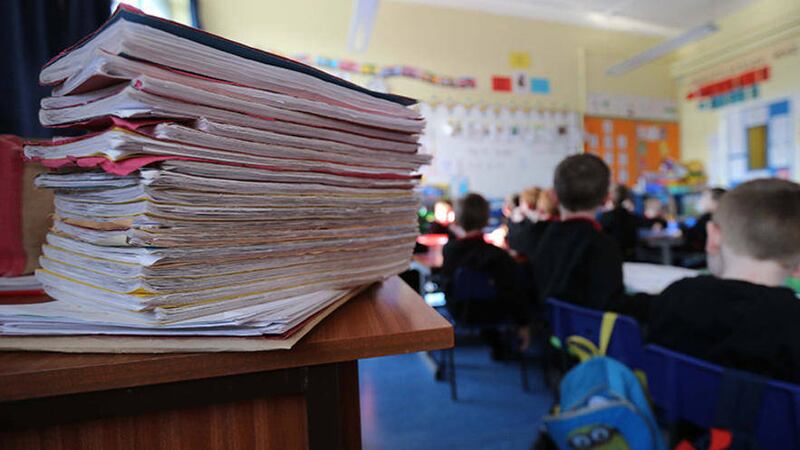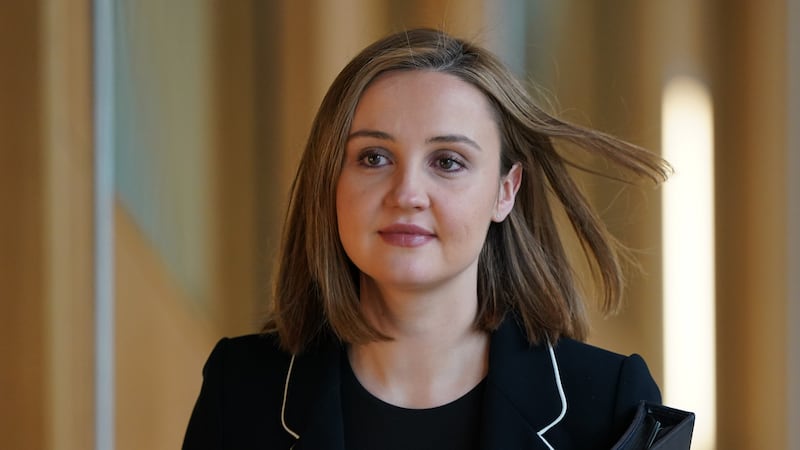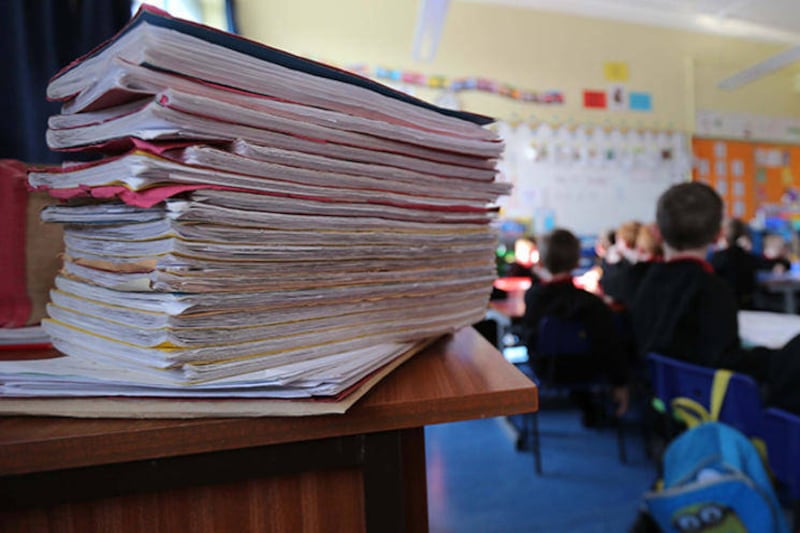SMALL schools are still sharing an extra £40 million between them a year as a lifeline to keep them open.
An audit report published today has found there are too many small schools across the north that require additional funding and that small schools have larger costs per pupil than larger institutions.
The Comptroller and Auditor General Kieran Donnelly's latest report evaluates the progress made by the Department of Education in delivering sustainable schools since the Bain Review in December 2006.
Bain concluded that because of falling pupil numbers and the many school sectors, there were too many schools and some would become educationally unsustainable.
More than 100 schools have been approved for merger or closure since Bain, but Mr Donnelly warned there remained more than 70,000 school places that were surplus to requirements.
Much of the report focussed on small schools support, which had been flagged in a previous funding review headed by leading educationalist Sir Robert Salisbury.
There had been an expectation that this would be scrapped. Additional cash provided by a formula for all small schools, regardless of their circumstances, was found not to be consistent with government's sustainable schools policy.
Primary schools with fewer than 300 pupils and post-primary schools with fewer than 550 pupils qualify. Without it they would be unable to deliver the curriculum in full and its removal could have led to the closure of hundreds more schools.
In primary schools, those with enrolments up to 100 pupils received the maximum support of £42,008 reducing on a sliding scale to zero for 300 pupils. In 2014/15 there were 271 primary schools with fewer than 100 pupils.
Post primary schools with an enrolment up to 200 pupils received maximum support of £142,826, again reducing on a sliding scale to zero for 550 pupils. In 2014/15 there were 17 post primary schools with fewer than 200 pupils.
Mr Donnelly found that £36m of 2014/15 budgets had been allocated to schools because they were small. Mergers between two small schools, Mr Donnelly said, could lead to significant savings.
The report found that a school of 55 pupils received £4,059 per child this academic year compared to a school of 416, which received £3,296 per pupil.
"Schools support funding is intended to target more resources towards smaller schools to facilitate the delivery of the curriculum. However, it can also be seen as a grant to maintain a school which is financially unsustainable," the audit report read.
"Small schools require additional funding to deliver the required curriculum and remain financially sustainable. However, there is no demonstrable evidence that educational attainment at small schools is better than their larger counterparts.
"The department should, as a matter of urgency, work with the planning and managing authorities to identify exceptional circumstances in which an otherwise unsustainable small school could be considered for retention and additional financial support."



